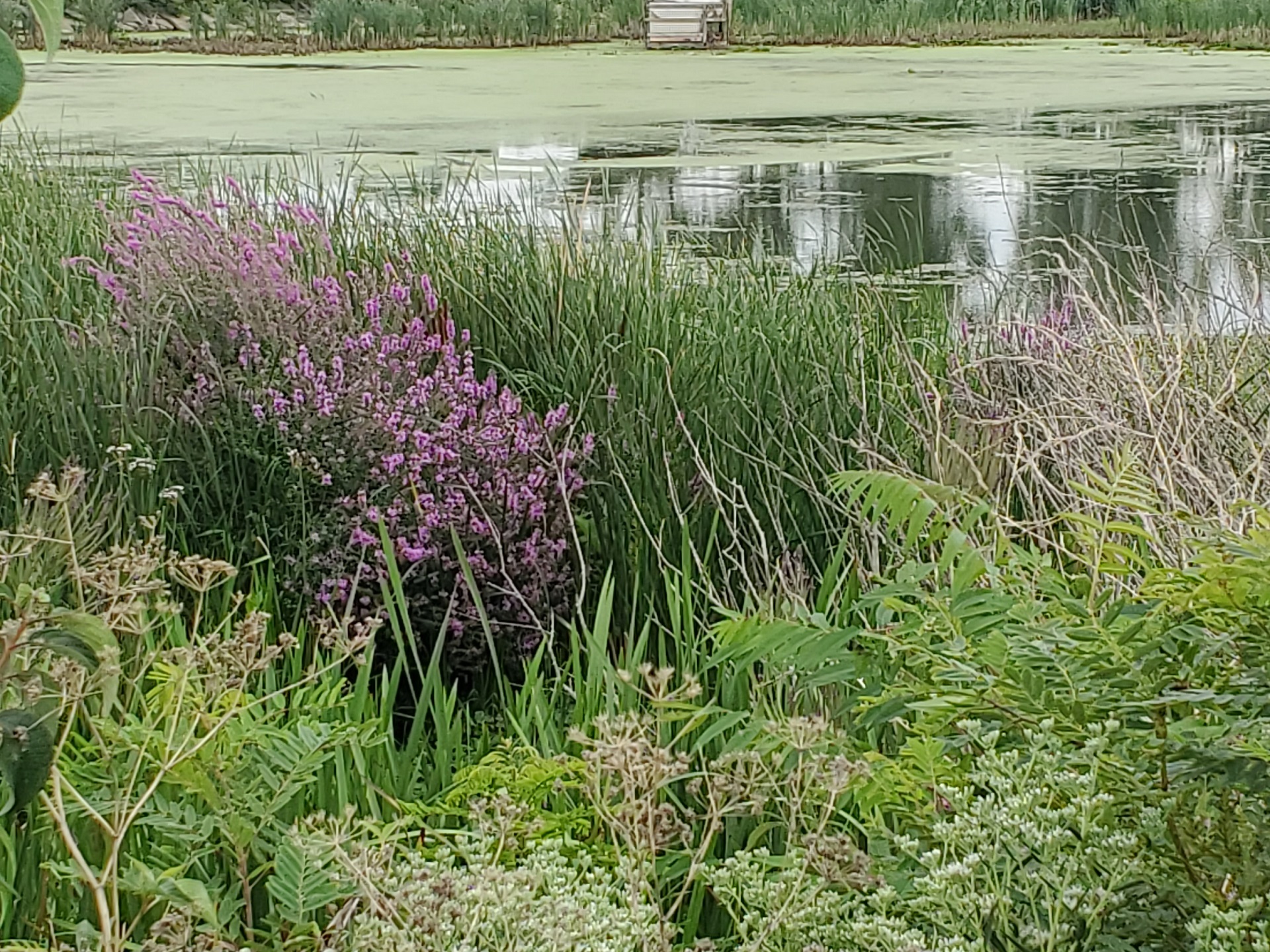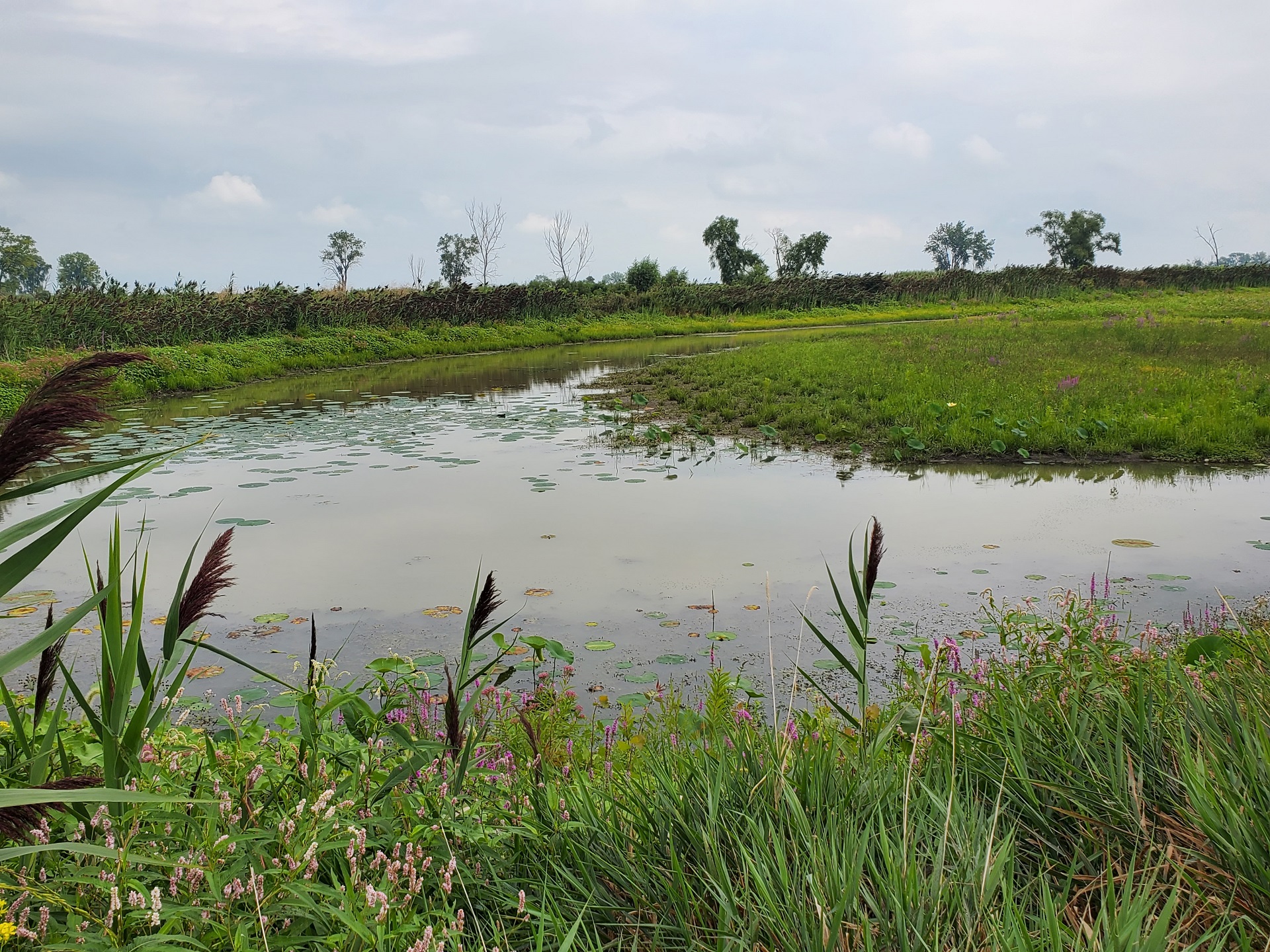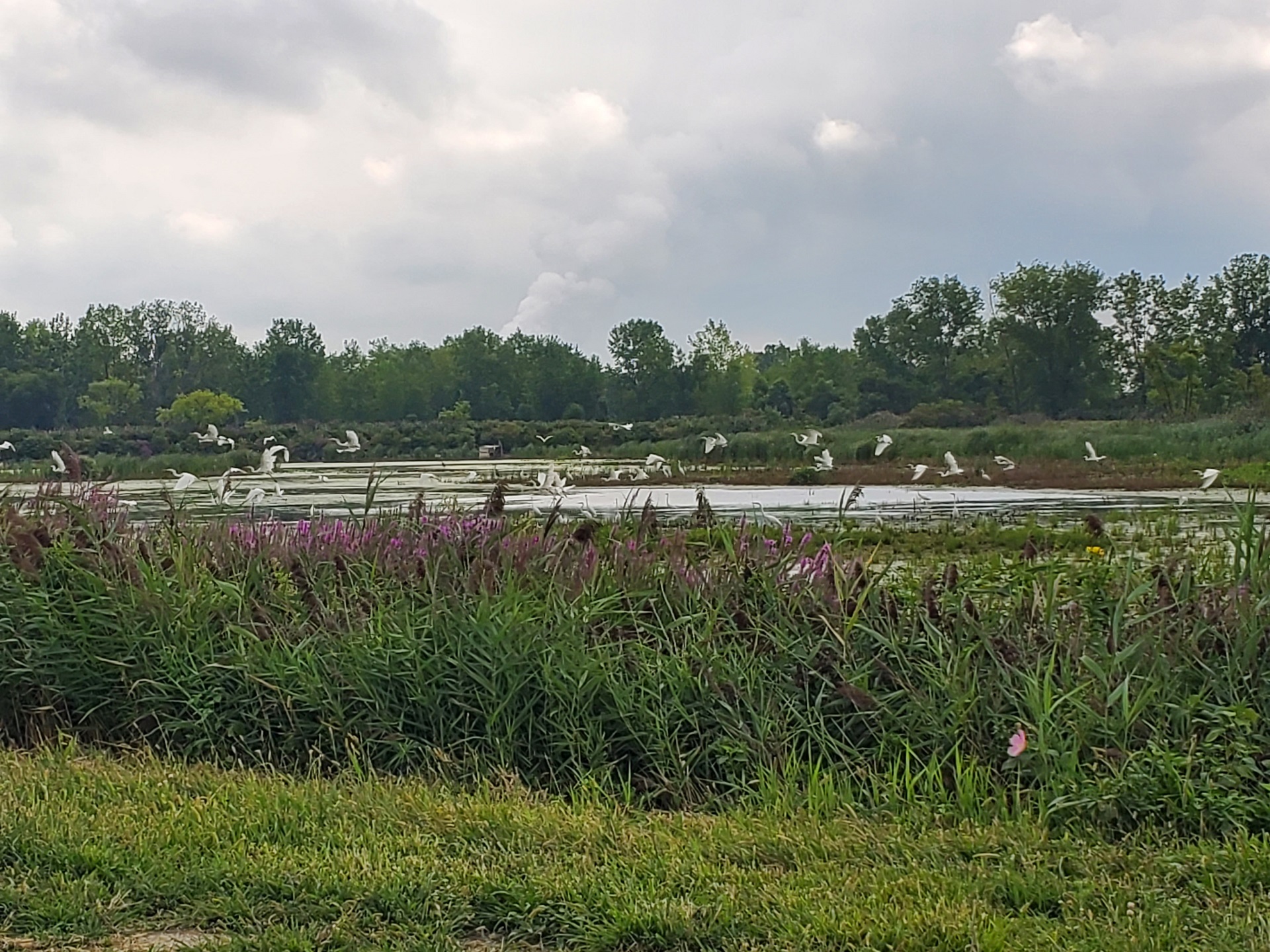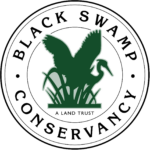In Ottawa County, there is a jewel of marshland in private hands that is protected by Black Swamp Conservancy through a permanent conservation agreement. It is about 70 acres tucked between a marina and farm fields, sharing a Turtle Creek border with the iconic Magee Marsh. The property is currently named South Lake Hunt Club, but it won’t be used for regular hunting anymore. New owner, Michael Mullady, purchased the land because “it’s a beautiful piece, a little gem” where he saw an otter for the first time. In fact, he’s thinking of changing the name to Otter Bay.
Mullady explained that his intentions for the property are aligned with the Conservancy’s: protect water, improve habitat, and sustain a healthy marsh. He plans to work with the Ottawa National Wildlife Refuge and the Lake Erie Marsh Association – a federation of 40 or so local duck clubs and marshes – to manage his property for the benefit of fish, birds and other wildlife. The immediate region is known to be home to at least a couple dozen endangered, threatened or otherwise rare Ohio species. His first priorities are to enhance some dikes on the property to control water levels and improve fish habitat. There is also some invasive phragmites and purple loosestrife that he will work to eradicate. This will allow native plant species, such as common bur-reed and pickerelweed, to have better chances to thrive and provide the necessary food and habitat for native wildlife.
Mullady plans to spend a lot of his “free” time on the parcel and hopes to spot new waterfowl to check off on his life list. Sandhill cranes have been seen nearby and he hopes the big birds will become regular visitors. Protected marsh areas in the western Lake Erie Basin, like his land, provide prime stopover opportunities for migratory birds traversing the Atlantic and Mississippi flyways.
In addition to its beauty, the land is valuable because of its connection to other nearby conservation sites protected by Black Swamp Conservancy, Ohio Department of Natural Resources, Ottawa National Wildlife Refuge and others, extending our coastal wetlands. It is estimated that only five to ten percent of original Lake Erie marshland still remains. Benefits of coastal wetlands include flood control, shoreline stabilization, groundwater recharge, water filtration, fish spawning areas, and recreation and economic opportunities.
